Dear Stephen,
I was diagnosed with adhesive arachnoiditis (from contrast dyes used in two spine surgeries) well before being diagnosed with lyme disease but had symptoms largely under control. Since the lyme diagnosis however, many of my adhesive arachnoiditis symptoms have reappeared or gotten worse (peripheral neuropathy, back and leg pain, etc.). Based on the discussion of neuroborreliosis in Healing Lyme, I’m assuming the spirochetes may very well be hanging out in the arachnoid space and are happily making things worse. Aside from the neuroborreliosis protocol outlined in the book (which I’m following), are there any other herbs or remedies you might recommend to help alleviate symptoms? And, how long would you anticipate before the protocol starts to have a positive impact? Thanks very much.
Stephen’s response:
Yes, these:
1) Lion’s mane tincture:
This is the only brand I think decent at this point in time:
beneficialbotanicals.com.
Dosage: ¼-1/2 tsp to 6x daily long term.
2) Chinese skullcap root tincture: Elkmountainherbs.com is the only source I recommend for this at this time.
Dosage: ¼-1/2 tsp 3x daily.
3) Cordyceps capsules:
Use
1stchineseherbs.com.
Dosage: 3 capsules 2-3x daily.
(Note from editor: If you click on the 1st Chinese Herbs ad on this page or on the homepage of this site, you can get the code for 10% off this brand.)
5) Chinese senega root tincture:
If you can find it, Elk Mountain Herbs used to carry it. Dosage: 30 drops 3x daily for 30 days only.
The protocol usually helps people within two weeks to two months.
Stephen
-
Stephen Harrod Buhner was an Earth poet and an award-winning author of twenty-four books on nature, indigenous cultures, the environment, and herbal medicine including the acclaimed book Healing Lyme: Natural Healing & Prevention of Lyme Borreliosis & Its Co-infections.
Stephen came from a long line of healers including Leroy Burney, Surgeon General of the United States under Eisenhower and Kennedy, and Elizabeth Lusterheide, a midwife and herbalist who worked in rural Indiana in the early nineteenth century. The greatest influence on his work, however, was his great-grandfather C.G. Harrod who primarily used botanical medicines, also in rural Indiana, when he began his work as a physician in 1911.
Stephen’s work has appeared or been profiled in publications throughout North America and Europe including Common Boundary, Apotheosis, Shaman’s Drum, The New York Times, CNN, and Good Morning America. Stephen lectured yearly throughout the United States on herbal medicine, the sacredness of plants, the intelligence of Nature, and the states of mind necessary for successful habitation of Earth.
He was a tireless advocate for the reincorporation of the exploratory artist, independent scholar, amateur naturalist, and citizen scientist in American society – especially as a counterweight to the influence of corporate science and technology.
View all posts

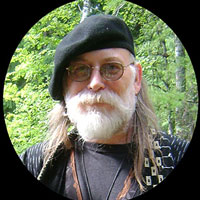



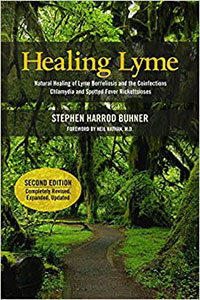
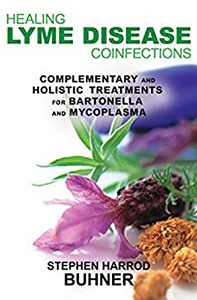
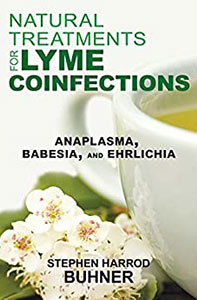

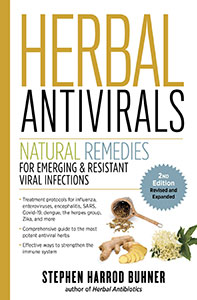



0 Comments